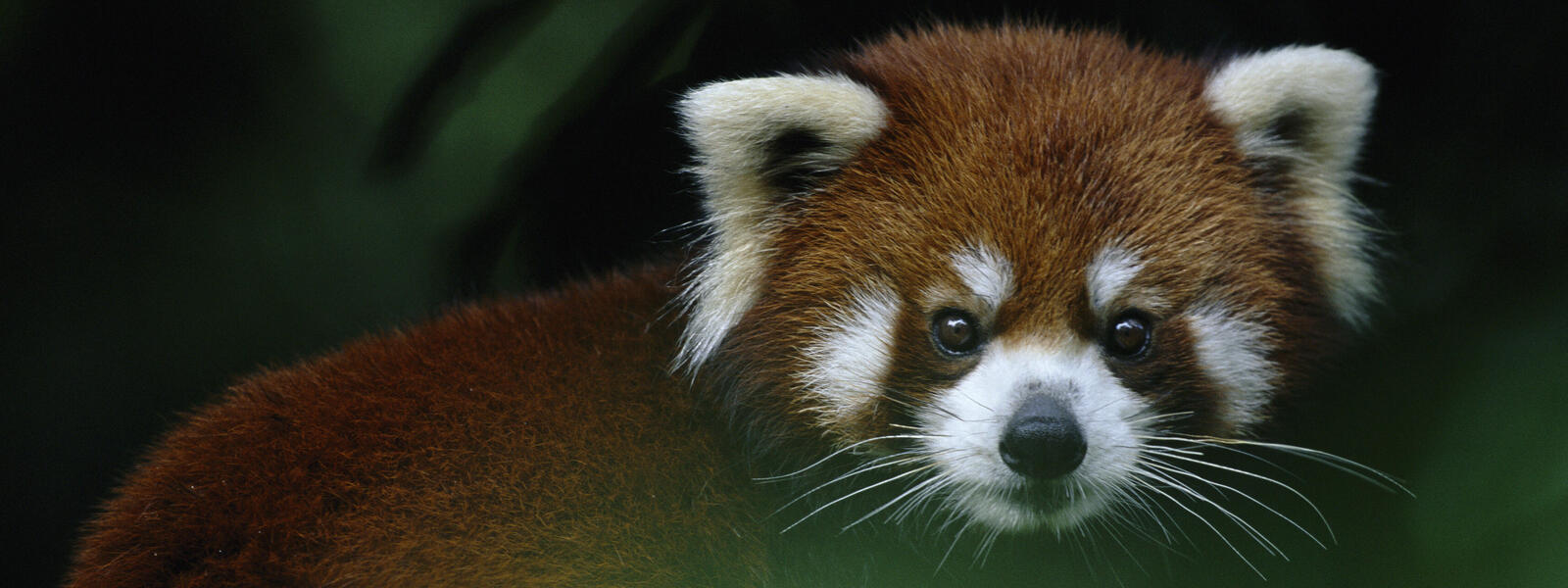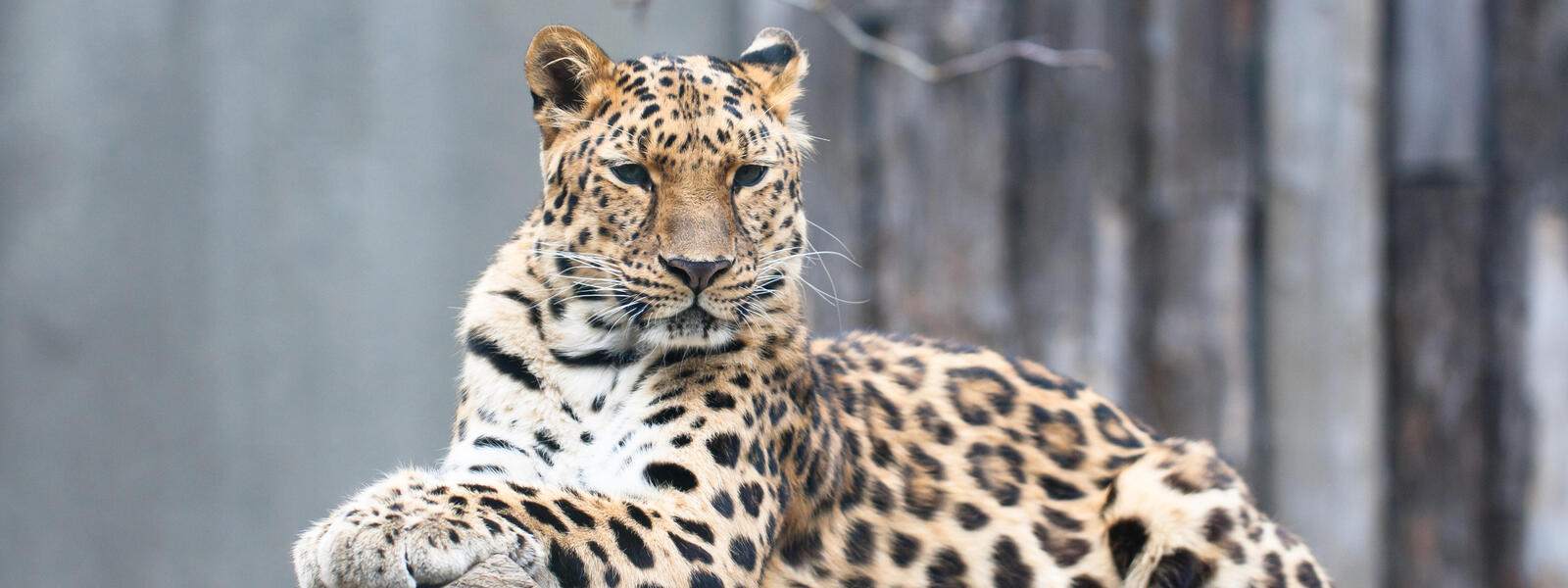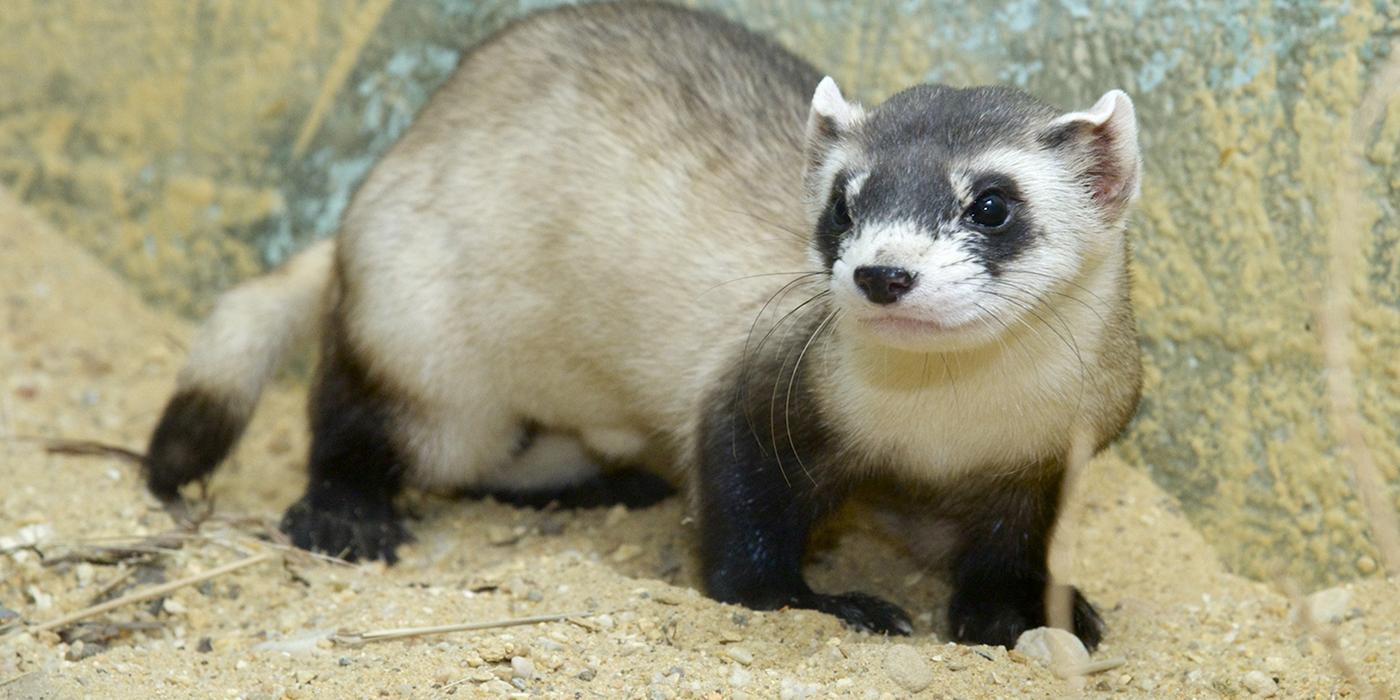Human Hunting
For Food
Right now the hunting/slaughtering of animals for food doesn't really affect the endangerment of animals. As the animals that are killed are mainly farm animals that are bred in mass. Fish on the other hand is a whole other problem. 16 different fish species have been declared extinct and fish that weigh over 66 lbs have declined 94%.
Back in the day there were no restriction on the amount of animals you could kill. The passenger pigeon was a wide spread bird in North America and used to have a population in the billions. However in the 1850s mass destruction of the birds began as people killed them to sell as food. As people would go to nesting sites and kill all the birds there, even those not fully grown. This combined with habitat loss lead to the last passenger pigeon dieing in 1914.
Mass food consumation also has several side affects. Mainly the producing of greenhouse gases. Pigs and cows especially produce methane with is 30 more times dangerous than carbon dioxide. In total animal agriculture contributes 14-18% of green house gas emissions. Most slaughterhouses(around 70%) release waste into water ways. Leading to millions of pounds of polluants going into rivers. It also takes a lot of water to raise and kill that many animals.
For "Sport"
More than 200 million animals each year are killed for sport. This is a lot less then the trillions of animals killed for food but unlike for food this normally doesn't serve a purpose. There is a wide variety of animals that are hunted. However a lot of hunting affects the predators of an ecosystem. As hunters often kill deer and other prey animals that predators need to survive. Or we just kill the predators themselves. Several states allow a spring hunt that kills bears just emerging from hibernation. When many female bears are pregnant or have cubs.
Hunting isn't a sport nor is it fair. A sport is "an activity involving physical exertion and skill in which an individual or team competes against another or others for entertainment." Animals don't agree to get hunted, they don't have fun while getting chased down and shot at. Even worse many hunters don't kill quickly. Hunters often shoot the animal in the gut or face which is a extremely painful and slow way to die. Hunters often are unable to catch their prey and when animals escape after being shot they will face the slow death of blood loss. It also just isn't fair. The animals have nothing and we have rifles and bows that are designed to do this. Traps are also extremely unfair. These animals are just trying to survive, and killing them for no reason then entertainment just seems cruel. Especially when you factoring in how many had young that are now going to starve because their parent can't feed them.

The red panda is listed as endangered with less then 10,000 individuals left. They are struggling as people hunt them for their fur. Red pandas also suffer from habitat loss as more forests are cut down. They also often get caught in snares meant for other wild animals.
The Spreading of Invasive Species
Accidently
An invasive species is an organism that is not indigenous and cause harm to the natural ecosystem. However not all non-native plants/animals are invasive species. Plants like tomatoes and rice are non-native to the United States but are not considered invasive. To be considered invasive a species must adapt easily and needs to harm the surronding area.
Zebra mussels were native to only the Black Sea but through trade they eventually spread to the Great Lakes. There are so many now that they are damaging water pipes in the lakes and threatening native populations. As ships take on ballast water at their home port to stay balanced and stable during the journey and then release the extra water when they arrive at their destination. This lets mussels, fish, and plants hitch a ride and then make the new environment their home. People also have pets that get free and then reproduce. In the Everglades, Florida there is a problem with released burmese pythons. People had them as pets but they got free and then multiplied. They are now threatening the native bird population.
On Purpose
In Iceland they introduced the Nootka Lupin, a tall purple flower that is native to Alaska. The Icelandic government introduced this plant to certain areas to help with soil erosion as the plant was known for having strong roots. But, the plant quickly spread and is now found almost everywhere in the island country. There is so much that the purple flower is harming the natural low lying plants as the Nootka Lupin grows over them and stops the lower lying plants from getting sunlight. Similar things have happened and are happening in many other places. As people try and fix ecosystems by introducing new species that oftentimes end up becoming invasive. People also release pets into the wild when they don't want them anymore.

The amur leopard is a critically endangered species with only about 84 organisms left in the wild and 220 left in captivity. Poaching is a serious problem as many people hunt the animals illegaly for their beautiful spotted fur. They are also having a problem with food scarcity as the local people hunt a lot of the food that the leopards eat.
The Destruction of Environments
Deforestation
Deforestation is when forests are destroyed in mass by people. They often do this to make space for farming and to collect wood for fuel and construction. About 2,000 years ago 80% of western Europe was full of forests and now only 34% of the land has forests. One of the more popular methods is the slash and burn method. Which includes burning the forest so the ash will fertilize the ground, this fertilization typical lasts a few years so when it goes away the farmers move on to another area.
These practices lead to entire forests getting wiped out, forests that have their own unique species. By destroying these forests we destroy valuable habitats for these animals. The loss of space for these animals to survive and reproduce makes it so even if they survive the inital destruction of their homes there is no where else for the animals to live. The loss of habitat also leads to more poaching as areas that were previously unaccesible became open and easy game.
It also affects Carbon Dioxide as 10% of CO2 emmisions come from deforestation
Erosion
Erosion is a natural process in which different earthly materials are worn away and then transportated some where else. This is how landmarks like the Grand Canyon are made. The Colorado River over time took a bunch of sediment and dirt and moved it somewhere else. Eventually creating the massive canyon there is today. Many rocks are also shaped by the wind, harsh winds resolute in bits of the rock being broken off and carried away. While this process will always occur and should always happen there are things that we have done that speed up the rate of erosion to disaturous amounts.
One of the main things we do that affects erosion is farming. When farming we remove the natural plants and replace them with only a few different types of crops or sometimes just one type. This is terrible for the soil as these crops do not have strong enough roots to hold the soil together. This allows wind and water to sweep away materials much quicker than what is natural. Farmers often also till(plow) their fields before and after planting seeds which leaves the field compeletly bare. Leaving the soil compeletly vulenarable to erosion.
The Dust Bowl was an event in the 1930s when a massive cloud of dust and soil swept through Arizona, New Mexico, Oklahoma, Colorado and Texas. This event was caused by years of over farming so when harsh winds blew, a massive storm was formed. It was also caused by the increase of prices in the 1920s causing farms to expand their farms and use different machinery to up production. The one-way disc plow which turns dirt in only one direction and also leaves it highly sensitive to erosion. This national disaster killed about 7,000 people and thousands more were forced to move.
